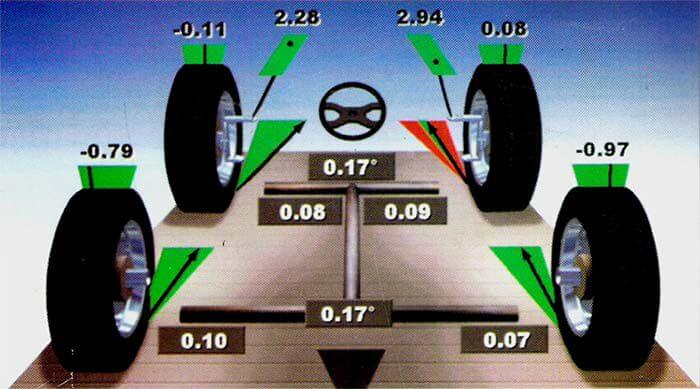

ALIGNMENT
There are a lot of things that go into maintaining your vehicle, so it performs safely and at its best. A proper wheel alignment is one thing that plays an important role in maintaining your vehicle. Wheel alignment affects tire wear, fuel efficiency, tire performance, maneuverability and vehicle handling. Wheel alignment is a big factor in a vehicle’s steering response.
WHAT IS TIRE ALIGNMENT?
Alignment refers to the adjustment of a vehicle’s suspension. – The system that connects your vehicle to its wheels. It is not an adjustment of the tires or wheels. An alignment essentially requires squaring a car’s wheels and axles with each other so that they’re moving in the same direction. The technician adjusts the various suspension angles — known as toe, thrust, camber and caster — that influence tire movement and position. The key to a proper alignment is adjusting the angles of the tires which affect how they make contact with the road.

HOW DO I KNOW IF I NEED A TIRE ALIGNMENT?
There are a couple ways to tell if your vehicle needs a tire alignment. If you’ve noticed one or more of these indicators, you should have your alignment checked by a licensed service technician immediately.
1. Uneven tread wear
2. Your vehicle pulling to the left or right side
3. Your steering wheel is off center when driving straight
4. Steering wheel vibration

WHAT CAN CAUSE MY VEHICLE TO NEED AN ALIGNMENT?
Sudden jarring or heavy impact caused by hitting something, such as bumping a curb or hitting a pothole, or a road accident. As well as worn parts caused by wear and tear. Over time, parts such as suspension springs can become worn and weak, leading to a shift in the wheel alignment

